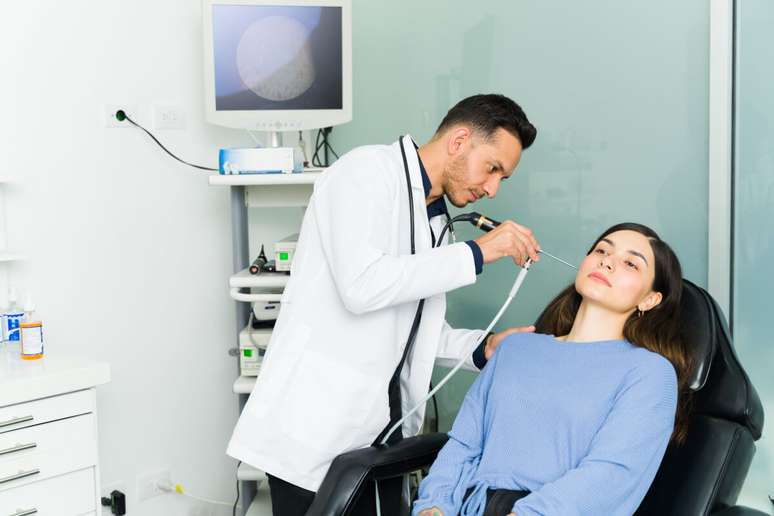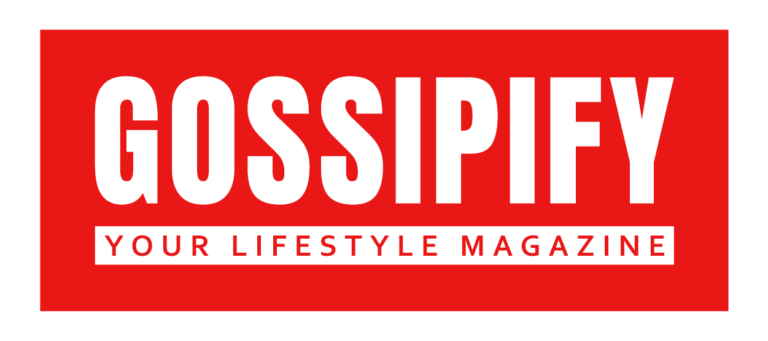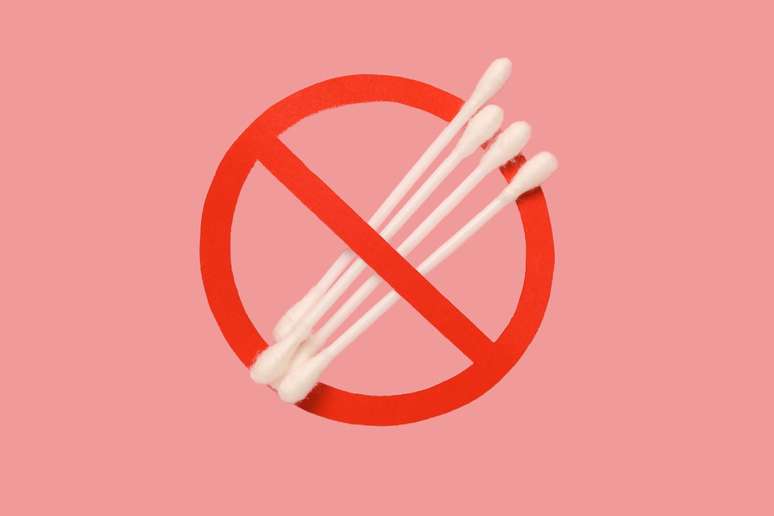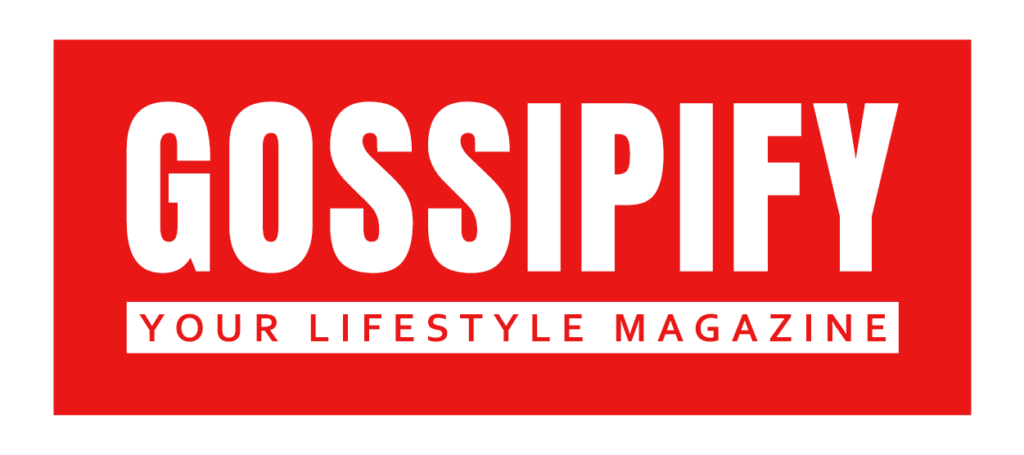Learn how to maintain hygiene without using cotton swabs, which can cause damage to the ear canal
The flexible rod, popularly known as cotton wool, is widely used to “clean” ears. However, its use can cause serious harm. Wax, mistakenly seen as dirt, serves an important protective function, helping to keep the ear canal free from particles and infections.
Alexandre Cury, otolaryngologist and coordinator of the Medicine course at Uniderp, points out that the cotton ball not only removes earwax from the outside of the ear, but is also able to push it further into the ear canal. This causes the buildup of compacted earwax, which can block the ear and impair hearing.
Dangers of ear swabs
Wax, also known as earwax, is produced by the body itself as a form of protection against dirt, bacteria and other invading agents. “Incorrect use of cotton swabs can cause damage to the ear canal, causing pain, bleeding and even infection. Furthermore, if the swab is inserted too deeply, it can perforate the eardrum, causing serious hearing problems and, in cases extremes, a hearing loss permanent”, explains Alexandre Cury.
The act of inserting objects into the ear irritates the sensitive skin of the ear canal and creates an environment conducive to infections, such as otitis externa. Using cotton swabs can also remove the protective layer of wax, leaving the ear more vulnerable to bacteria and fungi.

How to keep your ears clean
When cleaning the ear it is essential to be careful not to damage the sensitive structure of this region. “Maintaining ear hygiene is important, but it is essential to adopt safe methods to avoid damage to the ear and hearing,” emphasizes Alexandre Cury. See below!
1. External cleaning
The outside of the ear, such as the lobe and the area around the ear canal, can be cleaned with a soft cloth or damp towel. Never insert the cloth or towel into the ear canal.
2. Avoid inserting objects into the ear canal
THE ear canal it has a natural ability to spontaneously eliminate excess wax. Earwax comes out of the ear on its own through normal jaw movements, such as talking and chewing. If you experience discomfort or a blocked sensation, it is important to consult a doctor.
3. Medical consultation for earwax removal
If there is excessive earwax buildup or a feeling of blockage, the best practice is to consult a medical professional, such as a otolaryngologist. Can perform removal safely using appropriate techniques such as irrigation or curettage.
4. Using recommended solutions
Some people may use doctor-recommended ear cleaning solutions that help soften the ear. there was and facilitate its natural removal. It is essential to follow the instructions for use and only use the suggested products.
By Camila Crepaldi
Source: Terra
Ben Stock is a lifestyle journalist and author at Gossipify. He writes about topics such as health, wellness, travel, food and home decor. He provides practical advice and inspiration to improve well-being, keeps readers up to date with latest lifestyle news and trends, known for his engaging writing style, in-depth analysis and unique perspectives.







